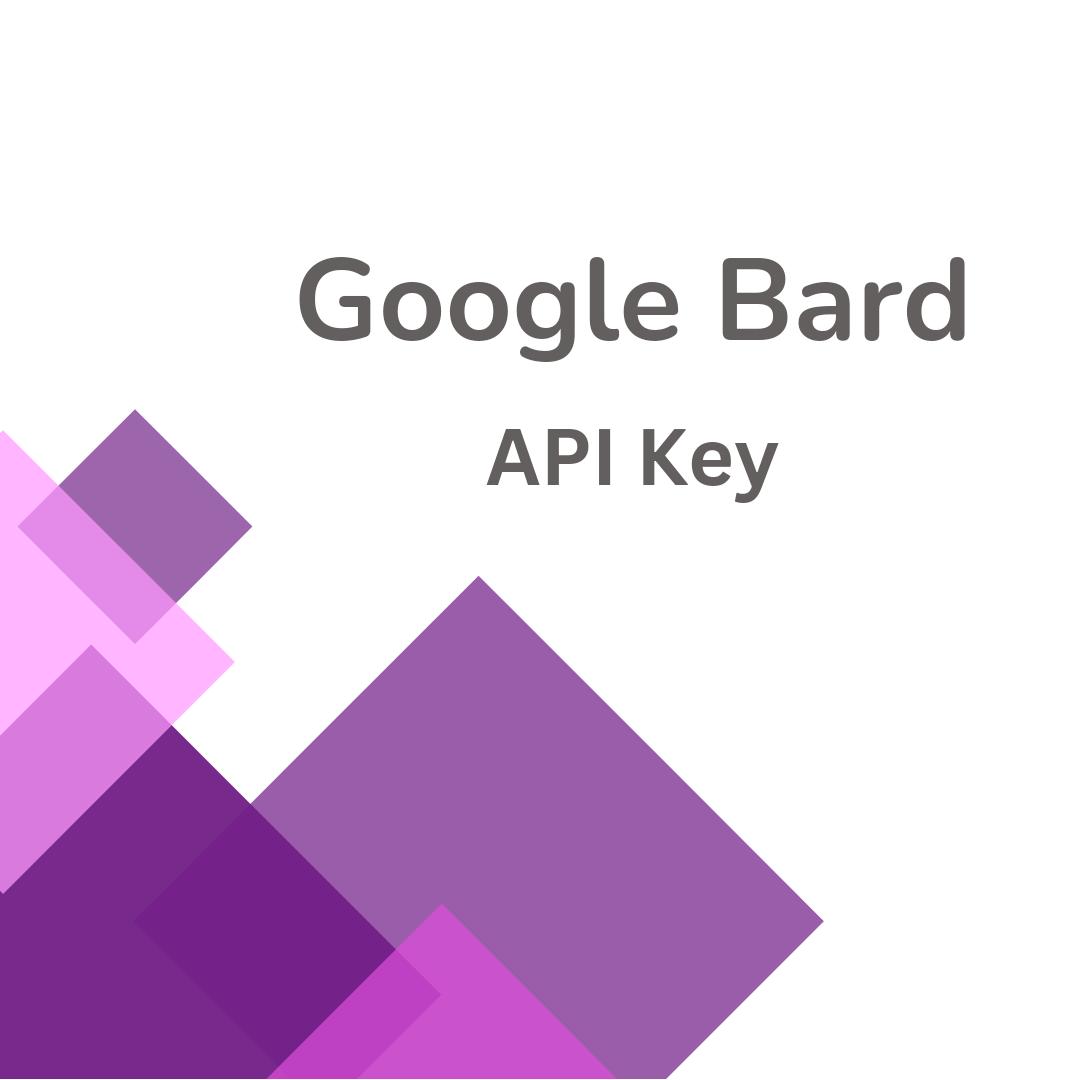OpenAI, renowned for its advancements in artificial intelligence, is on the brink of releasing a new AI model code-named Strawberry. Previously referred to as Q during its development, this model promises to bring a significant leap forward in AI reasoning capabilities. According to a recent report from The Information, Project Strawberry could be integrated into ChatGPT as early as this fall, potentially ushering in a new wave of AI-powered innovation.
Introduction to Project Strawberry
Project Strawberry is designed to excel in complex reasoning tasks, an area where AI has traditionally struggled. Unlike earlier AI models, which often falter when faced with subjective or intricate problems, Strawberry is engineered to handle these challenges with enhanced precision. This development is a critical milestone in AI research, positioning OpenAI to lead the charge toward more intelligent, capable AI systems.
Advanced Reasoning and Problem-Solving
One of the most exciting aspects of Project Strawberry is its superior reasoning ability. When given additional thinking time, Strawberry can tackle subjective topics and solve complex puzzles that have typically been out of reach for AI. For instance, the model is reportedly capable of solving puzzles like those found in The New York Times’ Connections, a feat that requires a deep understanding of nuanced relationships between concepts.
This ability to engage in more sophisticated reasoning could redefine how AI interacts with users, allowing for more meaningful and accurate responses to complex queries. It also suggests that Strawberry could be instrumental in fields that require advanced problem-solving skills, such as scientific research, legal analysis, and strategic planning.
Integration with ChatGPT
The potential integration of Project Strawberry into ChatGPT could mark a transformative upgrade for the platform. ChatGPT, already a powerful conversational agent, could see a significant boost in its ability to handle complex conversations and provide more accurate, context-aware responses. This enhancement would make ChatGPT an even more valuable tool for professionals and everyday users alike, capable of assisting with a wider range of tasks.
Training Data for Orion: The Next Generation LLM
Beyond its immediate applications, Strawberry is also being used to generate high-quality training data for another upcoming AI model, code-named Orion. Details about Orion remain largely under wraps, but its connection to Strawberry suggests that it could be an even more advanced model, leveraging the reasoning capabilities of Strawberry to reach new heights in AI performance.
The use of Strawberry to create training data for Orion highlights OpenAI’s strategy of iterative improvement, where each new model builds upon the advancements of its predecessors. This approach ensures that OpenAI remains at the cutting edge of AI development, continually pushing the boundaries of what these systems can achieve.
Implications for AI Agents and AGI
Project Strawberry’s reasoning capabilities could have far-reaching implications beyond just enhancing ChatGPT. The model could play a pivotal role in the development of AI agents—systems designed to automate complex, multi-step tasks. With Strawberry's advanced reasoning, these agents could become more autonomous and effective, handling tasks that were previously beyond the reach of AI.
This development is also significant in the context of OpenAI’s broader roadmap towards Artificial General Intelligence (AGI). AGI represents a level of AI that can understand, learn, and apply knowledge across a wide range of tasks, much like a human being. If Strawberry lives up to expectations, it could mark a critical step towards Stage 2 of OpenAI’s five-level roadmap to AGI, bringing us closer to realizing the full potential of AI.
Conclusion: The Dawn of a New AI Era
This fall could very well mark the beginning of a new era in AI, one where machines are not just tools but partners in solving the world’s most complex problems. As we stand on the cusp of this transformation, the possibilities for innovation and progress are virtually limitless.









Add a Comment: